TheDocumentarySite; Dhr. Seven, CC Liu, Ashley Wells, Wisdom Quarterly
Thousands of people claim to have had near-death experiences. Do these experiences offer proof for the existence of an afterlife? Or do they tell us something about the human brain's response to extreme stress?
Soul and Not-Soul
 What is the "soul" (gandhabba) commonly referred to as spirit or ghost? In Buddhism it is a transient phenomenon composed of five "heaps" or aggregates. These factors are functionally-integrated by the mysterious power of karma that can bear results at a time distinct from an action undertaken. What are the five groups?
What is the "soul" (gandhabba) commonly referred to as spirit or ghost? In Buddhism it is a transient phenomenon composed of five "heaps" or aggregates. These factors are functionally-integrated by the mysterious power of karma that can bear results at a time distinct from an action undertaken. What are the five groups?
The first group is labelled "form." It is composed of four heaps, referred to as earth, wind, fire, and air but explained by the Buddha as actually being qualities of materiality: solidity, motion, temperature, and cohesion. Buddhist physics articulated in the Abhidharma go into great deal about these qualities. Moreover, instructions are given for seeing/experiencing them first hand as objects of insight meditation practice. (Success in such meditation is dependent on the depth and strength of concentration -- serenity, absorption, mastery of samadhi -- one has previously developed and has at his or her disposal. The strength of the mind is only available in the absence of hindrances, defilements, and taints.
 The second group is labelled "feelings" -- not emotions but sensations. Emotions are more complex, and while they may be felt in the body, they are more likely categorized under mental/heart formations. There are six sense bases, the ordinary five and mind. Feelings are pleasant, unpleasant, or neutral, and may be therefore thought of as 18 (6 x 3) in all. They also serve as objects of insight and are much easier to become aware of in a stable way than the kalapas (particles of perception) in Buddhist physics.
The second group is labelled "feelings" -- not emotions but sensations. Emotions are more complex, and while they may be felt in the body, they are more likely categorized under mental/heart formations. There are six sense bases, the ordinary five and mind. Feelings are pleasant, unpleasant, or neutral, and may be therefore thought of as 18 (6 x 3) in all. They also serve as objects of insight and are much easier to become aware of in a stable way than the kalapas (particles of perception) in Buddhist physics.
The third group is labelled "perceptions." When the six sense bases apprehend, perceive, or note in accordance with their types of objects (eye sensitivity sees forms, ear sensitivity hears sounds, etc.), perception takes place. Feelings and perceptions are two types of mental/heart formations, but they are so salient and important in our experience, that the Buddha singled them out for special attention. Perceptions arise from the six sense bases. Note that the eye does not see, but rather what sees is that property of the eye -- what might today be called the rods and cones of the retina -- that sends its impulses (mind moments, cittas?) to the nervous system's bulbous processing center we call the brain.
The fourth group is labelled "mental formations" but should not be regarded as exclusive to the brain. Much of the process of being aware actually emanates and returns to the heart, the literal heart area where the "mind door" is located -- a greenish mirror reflecting sensory experience. There is absolutely no need to believe this, for one may experience it directly. Seeing replaces believing, so one should not remain satisfied with an admixture of religious faith and skeptical doubt when investigation and verification are available and urged. The Buddha is famous for saying of the Dharma, of his teachings, "Come see." There are 50 groups under this rubric, in addition to the fact that the two previous groups are also special kinds of mental formations. They serve the important function of conditioning karma as skillful, unskillful, or neutral. See more at sankhara.
 The fifth group is labelled "consciousness." Together with the previous three, this group forms what may be referred to as "mind." it is not a tangible thing but an interdependent process. The first group, form, is "body." A body is not limited to gross sensual bodies; fine-material (rupa) bodies, such as those of ghosts and spirits and light-beings (devas) also qualify as form. Not everyone, however, has a body. Ghosts have bodies but they long for sensual bodies. Beings in heavenly worlds have (fine material) bodies and are glad to be done with these dense material frames. The most rarefied beings in the four Immaterial Sphere (arupa loka) planes of existence are formless (arupa). But these four are the only exceptions. Otherwise, these Five Aggregates are always together, just as the qualities of materiality are bound up with one another and only analyzed (dissected, set apart) for the purposes of discussion (analysis) and the development of insight. Consciousness is awareness, which depends and influences the other aggregates.
The fifth group is labelled "consciousness." Together with the previous three, this group forms what may be referred to as "mind." it is not a tangible thing but an interdependent process. The first group, form, is "body." A body is not limited to gross sensual bodies; fine-material (rupa) bodies, such as those of ghosts and spirits and light-beings (devas) also qualify as form. Not everyone, however, has a body. Ghosts have bodies but they long for sensual bodies. Beings in heavenly worlds have (fine material) bodies and are glad to be done with these dense material frames. The most rarefied beings in the four Immaterial Sphere (arupa loka) planes of existence are formless (arupa). But these four are the only exceptions. Otherwise, these Five Aggregates are always together, just as the qualities of materiality are bound up with one another and only analyzed (dissected, set apart) for the purposes of discussion (analysis) and the development of insight. Consciousness is awareness, which depends and influences the other aggregates.
So it is never correct to say, when conventionally speaking, that there is no self or that the Buddha teaches that there is no soul or no self. There is a soul (atta), there is a self (atta), there is an ego, there is a spirit (a subtle material body we may regard as "light" or ordinary matter in an extraordinary state such as a flux or higher energy state).
Likewise, it is never correct to say, when ultimately speaking, that there is a soul or self. There is NO soul or self. But this must not be taken on faith, for faith may supplant direct experience and lead to absurdities such as making the claim, "There is no soul, no self." Such claims by mystics who have seen is fine. But such claims by lay Buddhists is ridiculous and leads to doubt, scorn, and/or dismissal of Buddhism's philosophy leading to liberation. Philosophy does not lead out, practice does. With practice the philosophy makes perfect sense. With scholarship, it breaks down. So it is more important to practice meditation than to study ideas.





















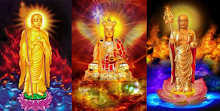



















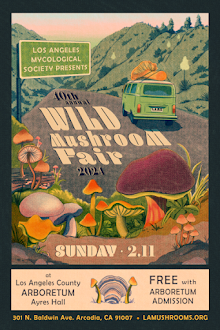




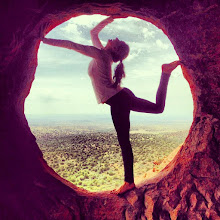










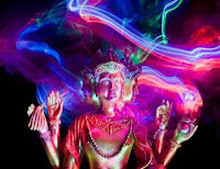









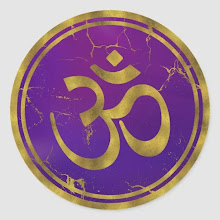





















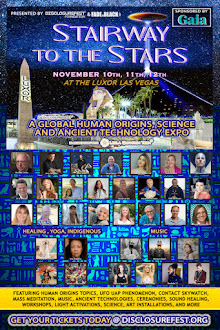
























































































































































No comments:
Post a Comment